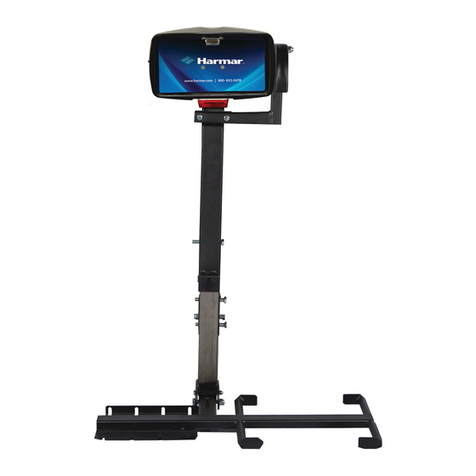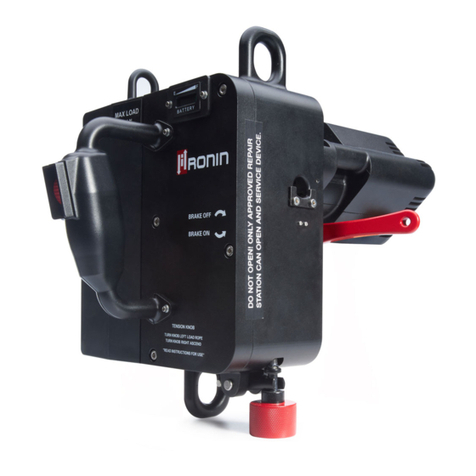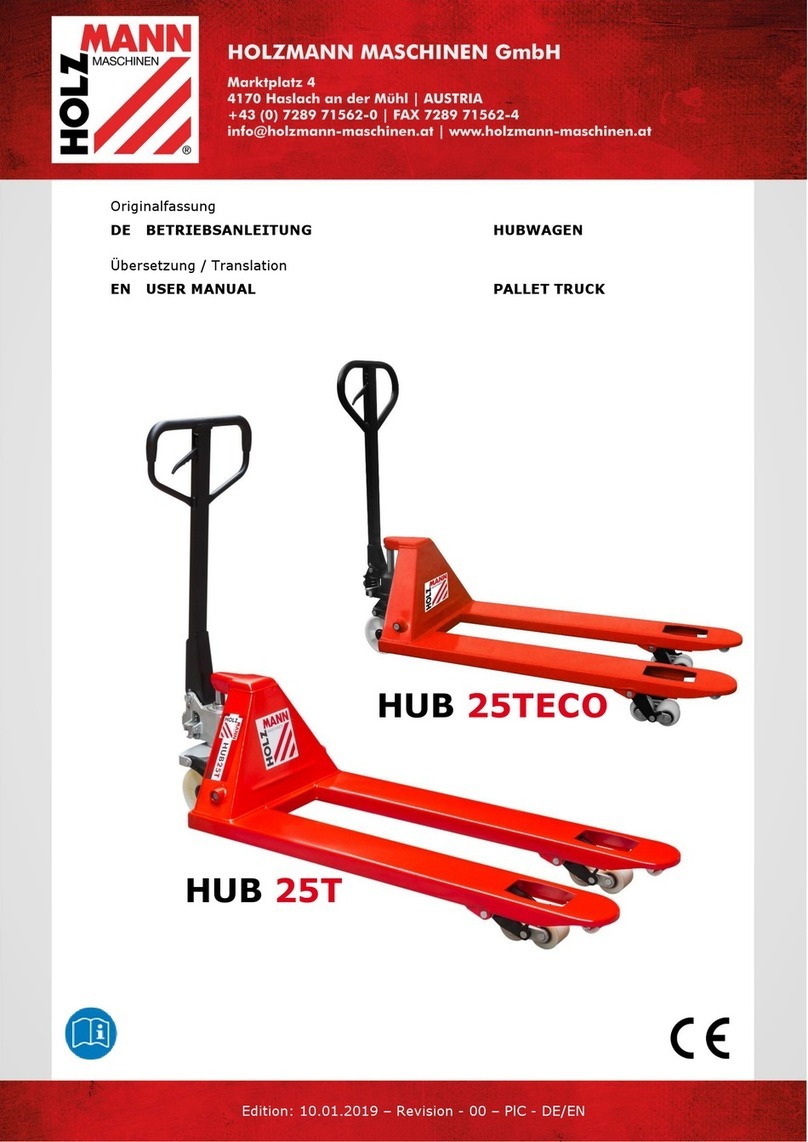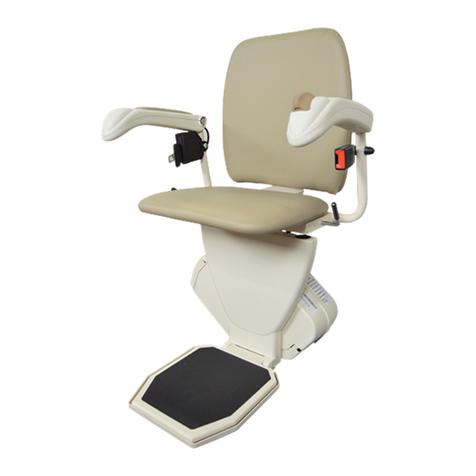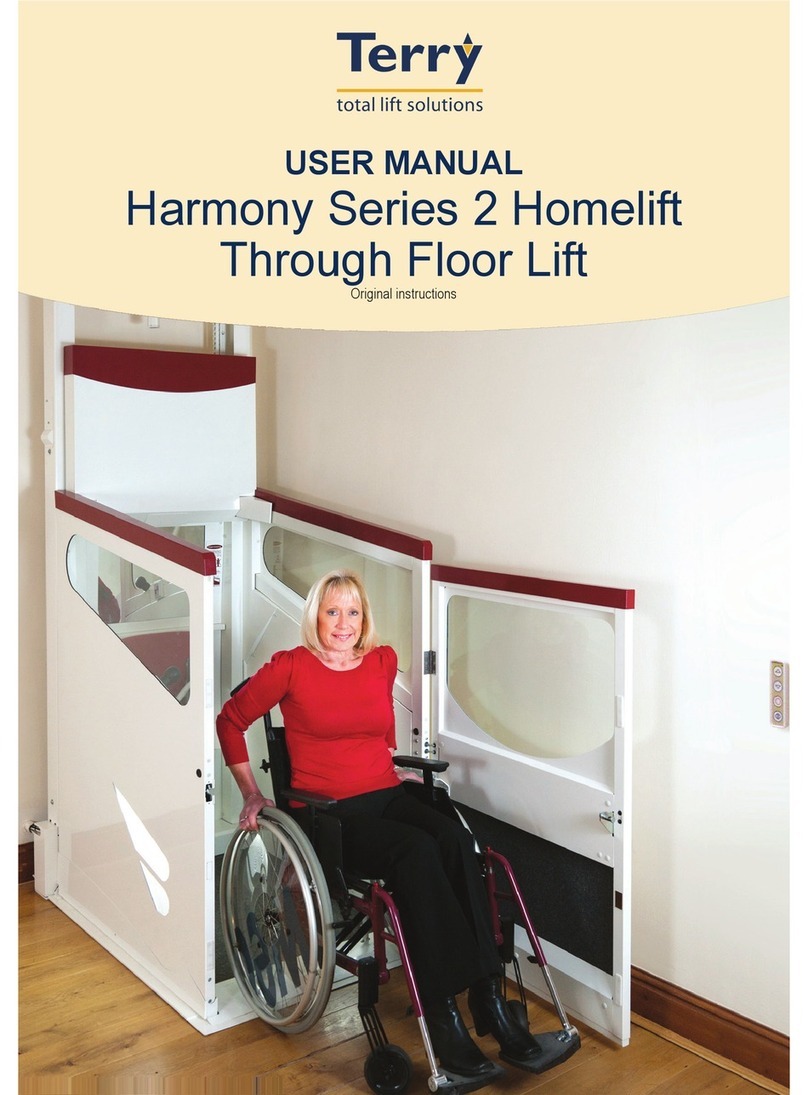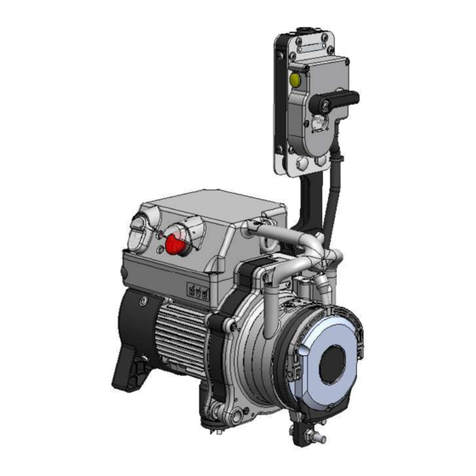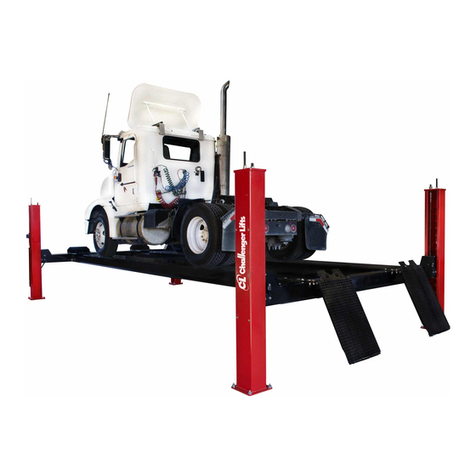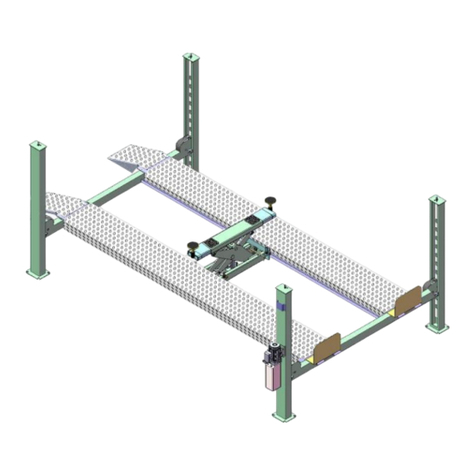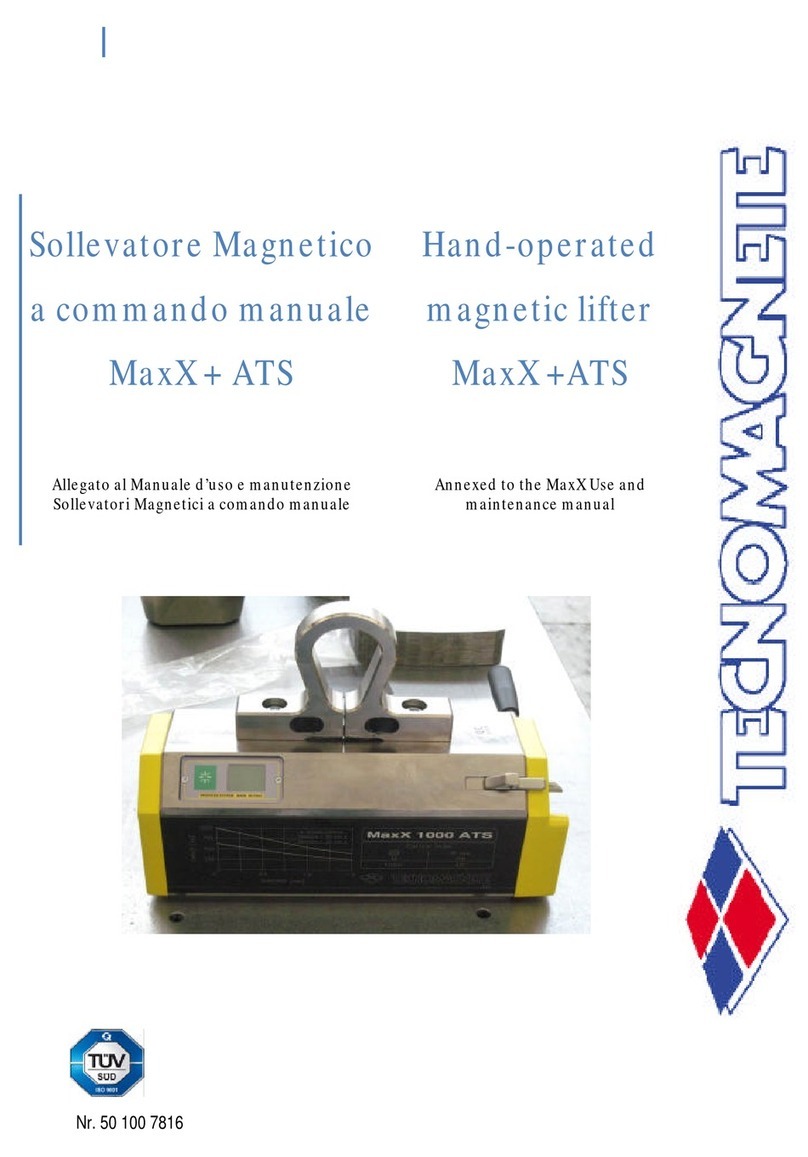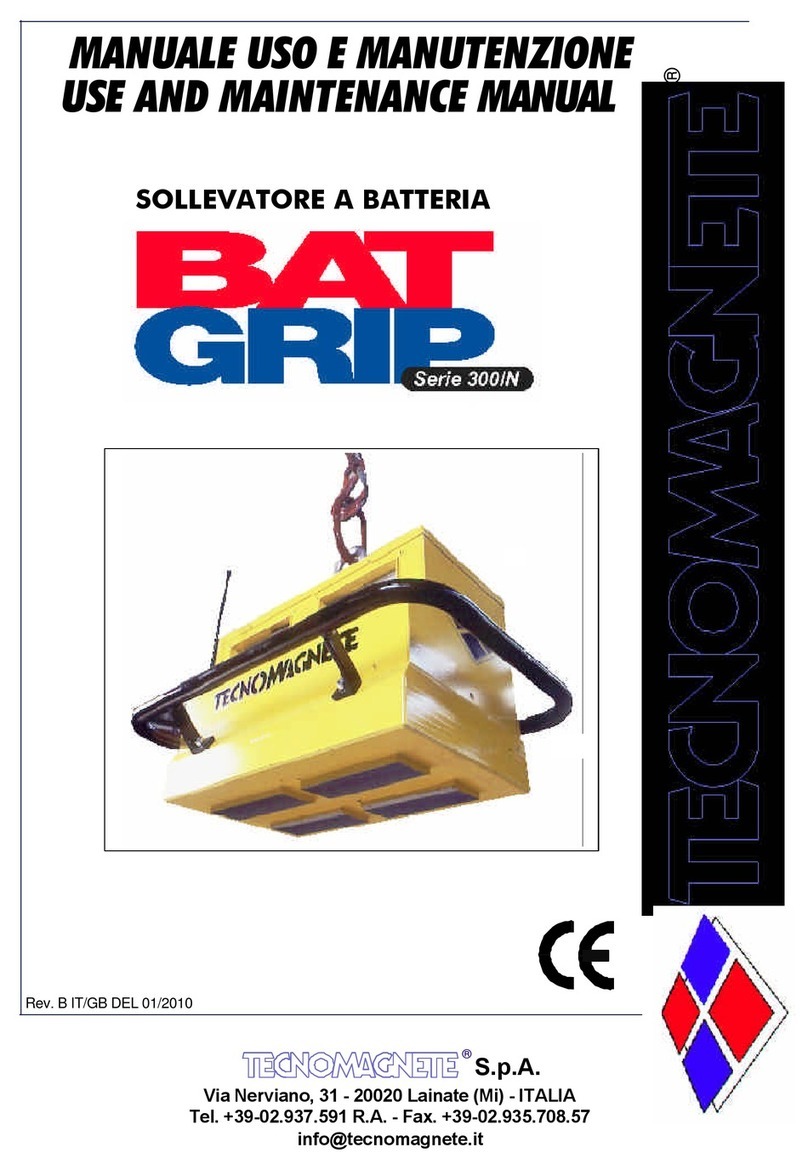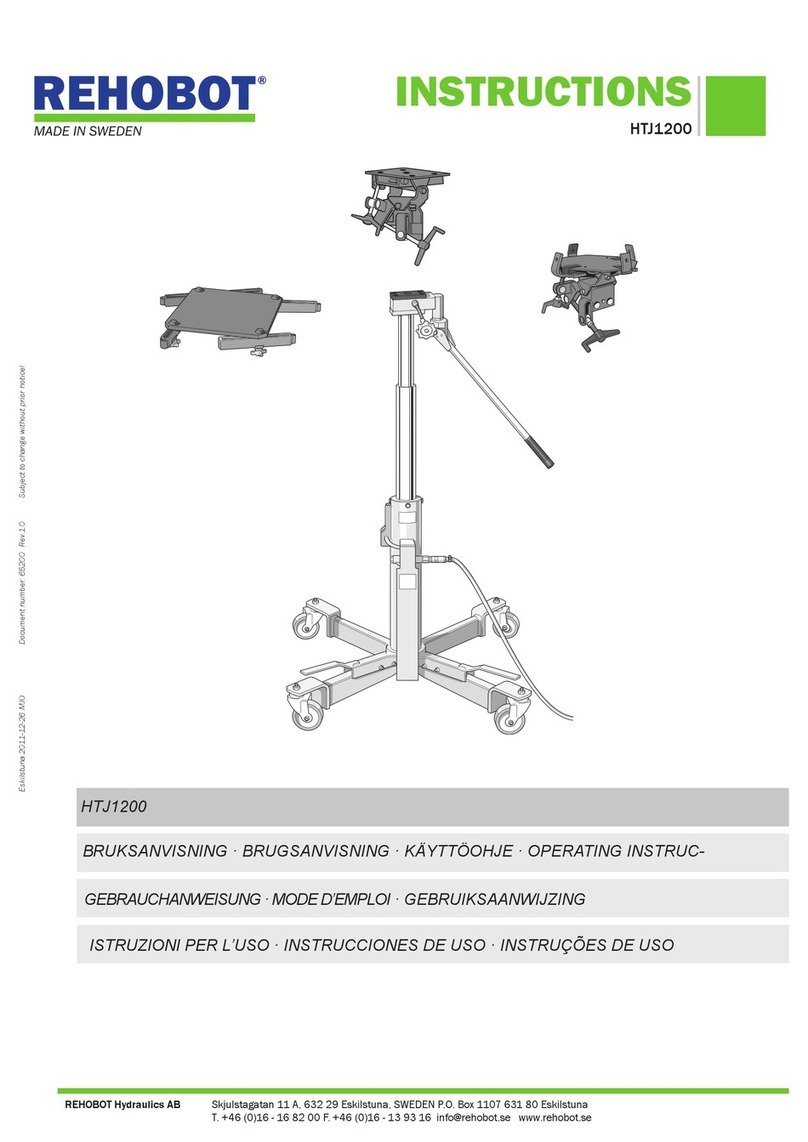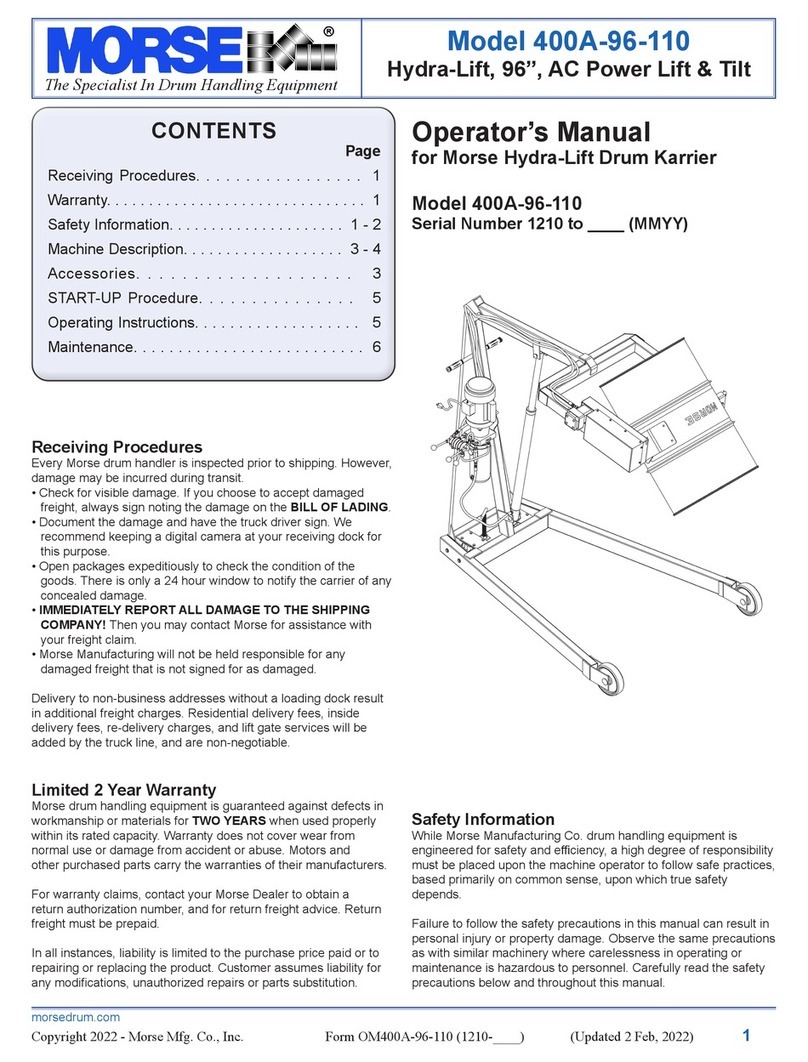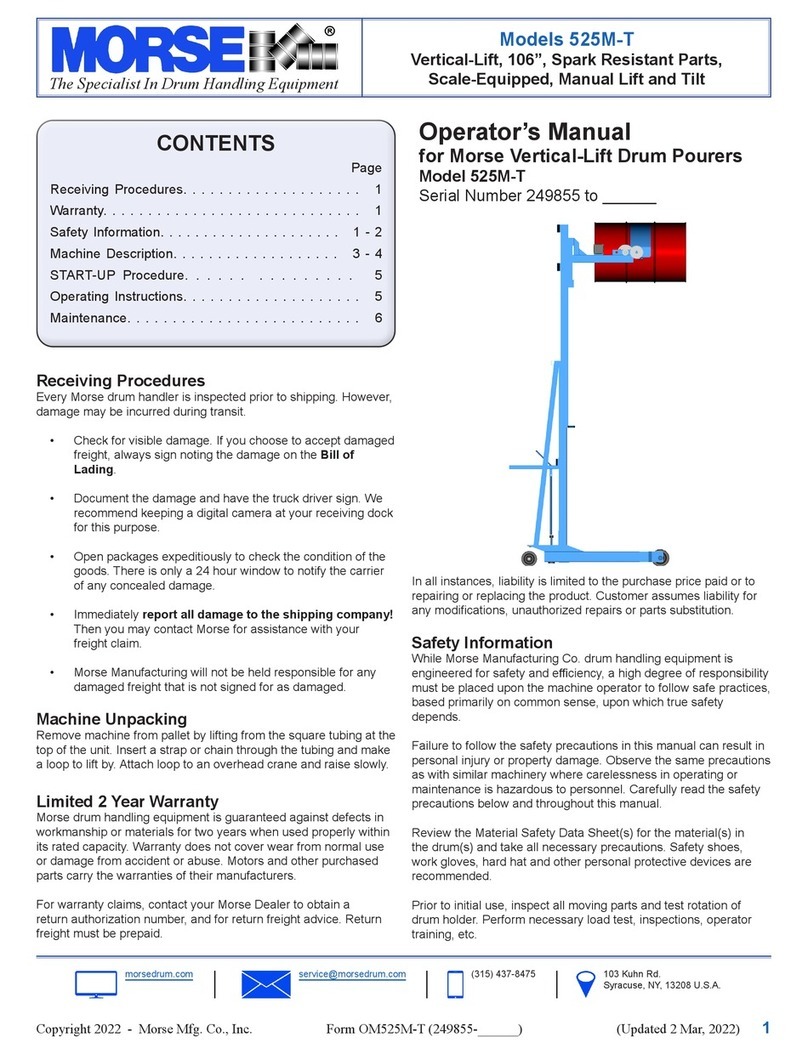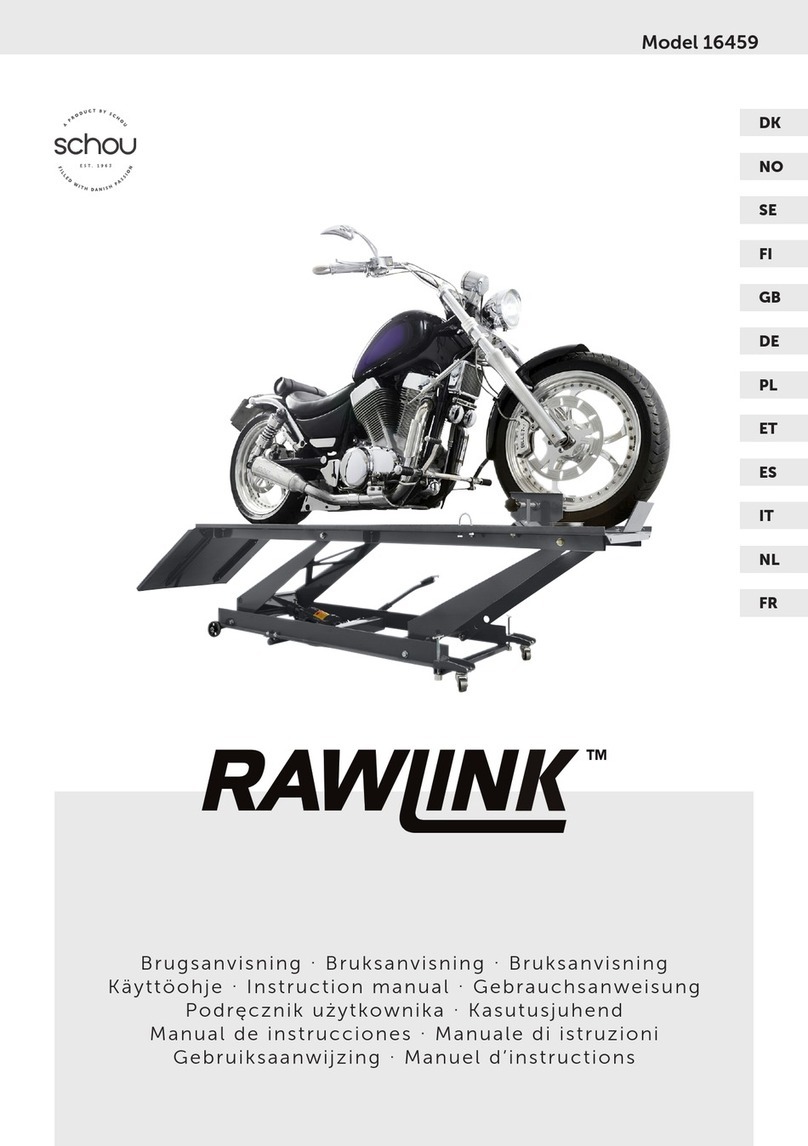
20
codice 09MAXX001
versione EN
revisione 01
Use and Maintenance Manual
MaxX
10.3 Daily check
Daily check carried out by the operator and the person in
charge of the handling of the system in which the MaxX is
installed/hanged up, to be carried out before starting the
operations of Normal Use of the MaxX. Refer to chapter 9
of this Manual for further information.
10.4 Frequent check
Control conducted on the basis of the working
environment, frequency and severity of use of the MaxX,
within time intervals not exceeding 3 months (unless there
are periods of inactivity).
TECNOMAGNETE suggests weekly, monthly and quarterly
checks according to the MaxX component.
10.5 Periodical check
Control conducted on the basis of the working
environment, frequency and severity of use of the MaxX,
within time intervals not exceeding 12 months (unless
there are periods of inactivity).
10.6 Maintenace - Warnings
MAINTENANCE OPERATIONS MUST BE CARRIED OUT
ONLY AND EXCLUSIVELY BY PERSONNEL TRAINED IN
ACCORDANCE WITH THE REGULATIONS
The main warnings to be taken during maintenance
operations are:
all maintenance must be carried out when the system is
stationary and with MaxX not connected to the crane,
etc.
repairs must be carried out by qualified personnel who
must scrupulously comply with the accident prevention
regulations in force in the country of destination
Always use the Personal Protective Equipment (PPE)
described in paragraph 1.8.
do not wear rings, watches, chains, bracelets, fluttering
clothes, etc. during maintenance operations
comply with the maintenance deadlines indicated
Replacements of components must only be made with
original spare parts to guarantee perfect operation
during cleaning operations, be careful not to use
grinding wheels, abrasive, corrosive or solvent materials
that could remove and/or make illegible numbers,
acronyms or information inscriptions located on MaxX.
10.7 Daily Maintenace
Maintenance to be performed at the end of the daily work
activity. Depending on the method, it can be carried out by
the operator or by the handler.
For the Operational Test of the MaxX lever, it must be
placed on an iron plate resting on the ground or on a
support suitable for supporting the weights of both the
plate and the MaxX. The iron plate must have a minimum
thickness as indicated in sub-paragraph 3.2.4 (Fig.3.2.4A
and Fig.3.2.4B).
10.8 Frequent maintenance
Maintenance to be performed at the end of the work
activity within intervals of time not exceeding 3 months
(unless periods of inactivity).
The maintenance that requires a monthly frequency is
deducted from the consideration of a work activity usually
carried out on a shift of 8÷10 hours per day.
10.9 Periodical maintenance
Maintenance to be performed at the end of the work
activity within intervals of time not exceeding 12 months
(unless there are periods of inactivity).Annualmente per il
MaxX is mandatory to perform a functional and
operational test using a suitable dynamometric equipment
(this test is defined as a tear-off test).
TECNOMAGNETE is able to provide you with adequate
technical assistance to carry out the tear-off test.
10.10 Tightening of screws
The table Fig.10.10 gives the values for the axial preload P
and the corresponding values for the tightening moments
M to be applied to the screws. The table applies to
hexagonal head screws type UNI 5737-65 and cylindrical
head screws with hexagonal socket type UNI 5931-67.
The chosen friction coefficient is 0.14 valid for machined
surfaces blackened or oiled. The tightening torque must be
applied slowly with torque wrenches.
Fig.10.10
Thread
M 6x1 9000 10,4 15200 17,5
M 8x1,25 16400 24,6 27700 41,6
M 10x1,5 26000 50,1 43900 84,6
M 12x1,75 37800 84,8 63700 143
M 14x2 51500 135 86900 228
M 16x2 70300 205 119000 346




















